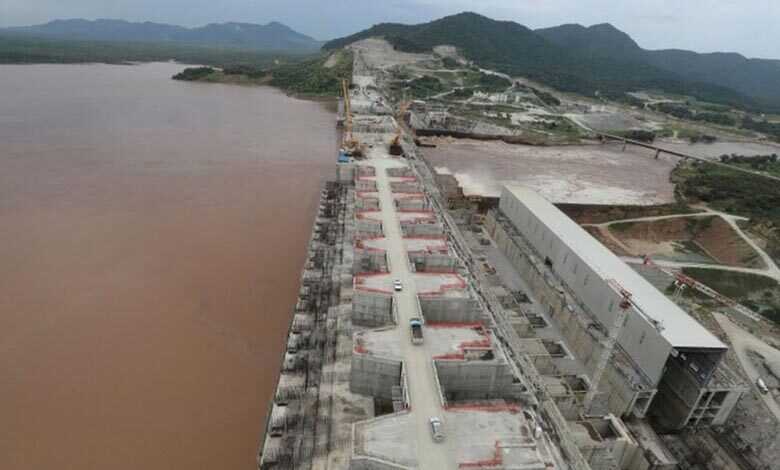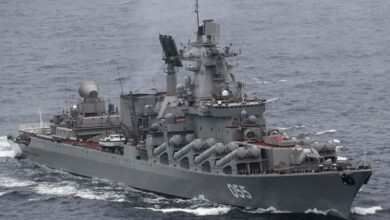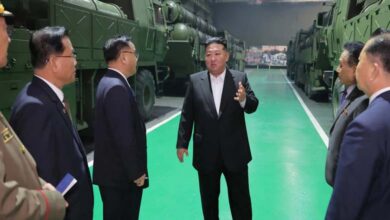The latest controversial Nile dam discussions failed to make progress

Sudan announced on Wednesday that the latest step of discussions with Egypt and Ethiopia about Addis Ababa’s controversial dam on the Blue Nile finished after they failed to make progress.
The negotiations held with the video conference started on Sunday. It was expected that they continued for a week to end the long-running stalemate about the Grand Ethiopian Renaissance Dam (GERD), which began in 2011.
Actually, many rounds of discussions have failed during the years to make a deal on the filling and operation of the vast reservoir behind the 145-meter (475-foot) tall hydropower barrage.
Sudan’s water ministry related in a statement: Water ministers of Sudan, Egypt and Ethiopia agreed to end this round of negotiations over Ethiopia’s Nile dam. This round… failed to make any tangible progress.
According to the ministry, and during the talks, Sudan proposed giving African Union observers a more significant role to help mediate. It also said: Ethiopia accepted to expand the AU observers’ role… but Egypt rejected the proposal.
On its part, Egypt that depends on the Nile for about 97 percent of its irrigation and drinking water, considers the dam as an existential threat. While Sudan wish that the dam will help regulate flooding, however it has also alerted that millions of lives would be at great risk if Ethiopia individually fills the dam. It said on Wednesday that it cannot keep negotiating without an end and must guarantee the safety of its water installations. Otherwise, Ethiopia sees that the project is essential for its electrification and development and insists that water flow downstream will not be affected.
In July, Addis Ababa announced that it ended its goal for the first year about filling the mega-dam reservoir that can contain 74 billion cubic meters (2,600 billion cubic feet) of water. For many times, Egypt and Sudan have applied for a political solution to the conflict, refusing any unilateral action by Ethiopia.
It should be signaled that the Nile, which is the world’s longest river, is a lifeline supplying both water and electricity to the 10 countries that it crosses. Its principal rivers, the White and Blue Niles, converge in the Sudanese capital Khartoum before flowing north through Egypt to drain into the Mediterranean Sea.












